Among plug-in effects, compressors are one of the most popular categories, alongside EQs. In many cases, compressors are included with DAWs, but because they are used frequently and can easily affect the sound, I think there are many people who deliberately introduce compressors that are sold separately. From this time, I would like to introduce u-he's compressor PRESSWERK. u-he is famous for analog-style plug-in synthesizers such as Diva and Repro, but they also have a lineup of effects, and all of them are high-quality and fanatical. With u-he, there are no plugins that automatically process things with the push of a button, and they all require a certain amount of learning, but once you've got the hang of them, they can handle most requests. u-he also continues to support old plugins that are over 20 years old, enhancing their functionality and making them compatible with the latest environments, and they are upgraded for free. What is particularly noteworthy is that there are no plugins that have been discontinued. In that sense, I think it is a brand that you can continue to use for a long time.
What kind of compressor is the PRESSWERK?
PRESSWERK is a u-he compressor plug-in released in 2014, 10 years ago. In terms of content, it is a compressor that has been expanded by gathering parts from various analog compressors and allowing them to be customized. It has a wide range of applications that can cover most uses by changing the behavior by switching the connection method. On the other hand, compressor plug-ins that emulate specific vintage compressors have a convincing track record of being used in hit songs. However, they cannot be said to have a wide range of applications, so it is inevitable that you will need to use multiple compressors.
The above is the main view, which allows you to control all parameters, but there are also the following six types of view. Many of them are reminiscent of the analog compressors of yesteryear, and the parameters are arranged in a way that is suited to their intended use. There are also complex parameters that are not available in the main view, and there are also hints hidden in the views that you would not think of in the main view. These views are not so much about appearance as they are about the unique processes of the compressors of yesteryear. In other words, you have to think differently and operate differently for each view. For this reason, prior knowledge of the compressors of yesteryear is essential, and you could say that this is a maniacal aspect of u-he.
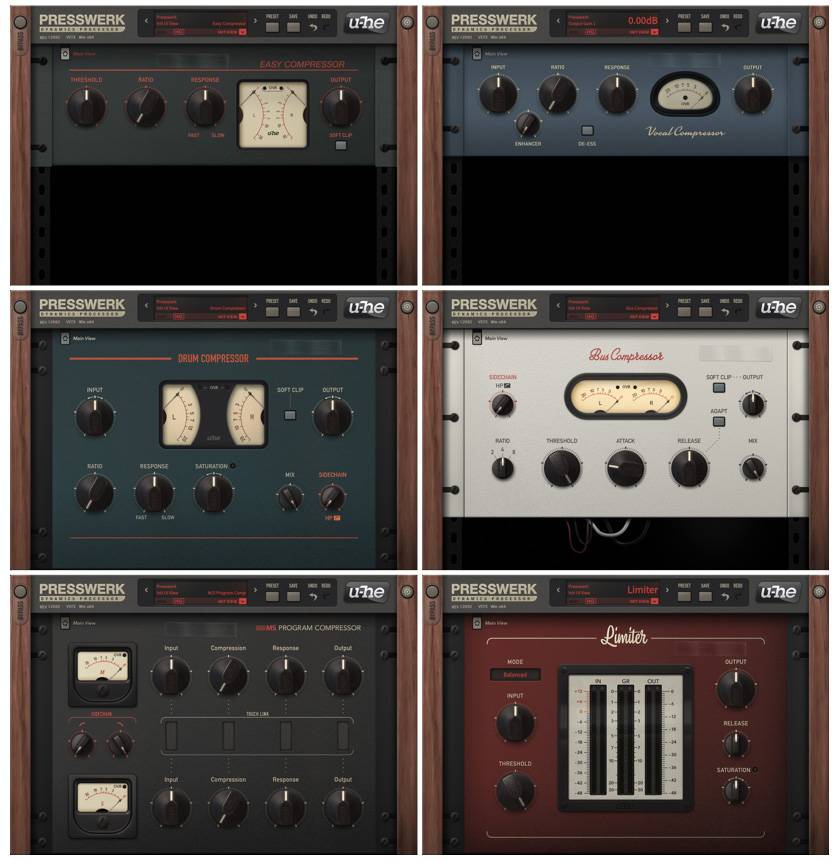
In the 2014 alpha version, there were some views that clearly reminded people of specific models, such as Urei 1176, but in order to avoid the impression of complete emulation, it seems that they have settled on views that do not remind people too much of specific models at present.
Analog Compressor Sound
PRESSWERK has the characteristics of an analog compressor. Specifically, it has a unique sound quality change when passing through an analog circuit, and a non-linear behavior that is unique to analog circuits.
The main function of a basic compressor is to reduce the volume above a certain threshold. Using current digital technology, it is possible to achieve ideal compression, but in the days when only analog elements were available, it was not so easy. Various elements and methods were used, such as vacuum tubes, PWM, diodes, opto-couplers, FETs, and VCAs, and the characteristics of these elements were clearly reflected in the sound. In the early days, there was little flexibility in terms of compression ratio and response speed, so we had to be creative within those limits. Nowadays, if you just want to use a compressor to achieve the basic compression function, I think a digital compressor that comes with a DAW will be sufficient. However, in the professional world, there is a tendency to want to use old analog compressors. In the studio, there is also a demand for real-time performance without delay, but I think that more than that, there is a desire for the coloring that is unique to analog. In many cases, this coloring is due to the bias in frequency characteristics, distortion, and the addition of harmonic components. I think the appeal of analog equipment is that it has nonlinear characteristics and does not behave in a simple way.
The following is a block diagram of the saturation section that controls the distortion of the PRESSWERK. It is possible to add distortion only to compressed sounds, or to emulate the characteristics of vacuum tubes and FETs.
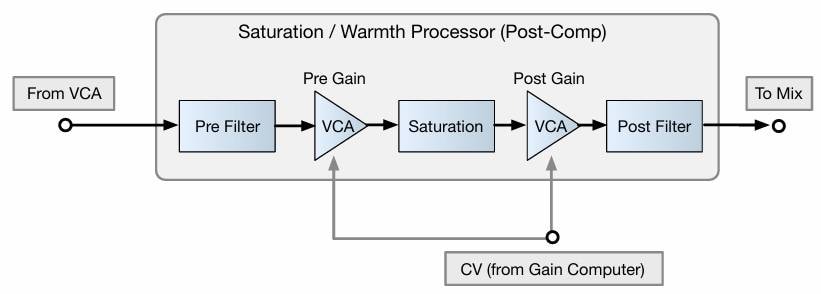
The following is the result of increasing the saturation effect of the PRESSWERK by adding a 220 Hz sine wave. You can mainly see the addition of odd harmonics. In the ideal signal processing, distortion is not good, and in the analog era, we aimed for a clean sound. However, in the digital era, distortion is welcomed and intentionally added.
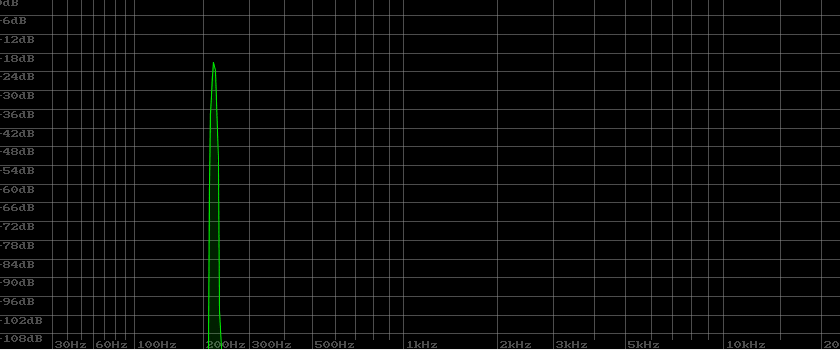
I tried making the above into a sound. When distortion is added, it is no longer a sine wave. This phenomenon changes greatly depending on the input level. Naturally, the greater the input level, the more pronounced it becomes.
The graph below shows the frequency response when the amount of saturation is increased from -40 to 40dB. It starts with a flat response, but then changes significantly. This means that the sound quality will change significantly depending on the frequency of the input sound.
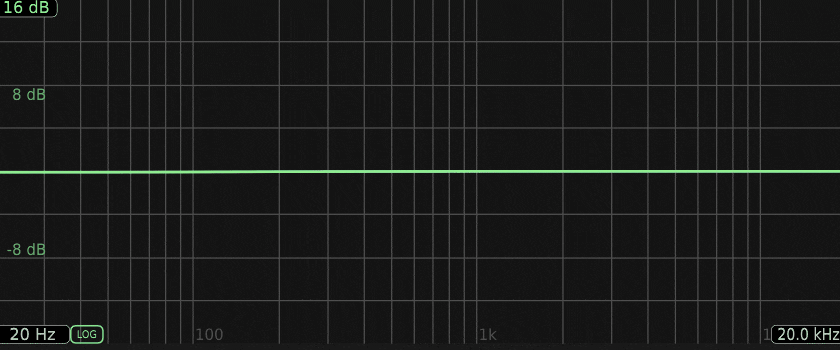
Let's also take a look at it on an oscilloscope. When the sine wave starts to distort, it transforms into a waveform known as a shark fin, and then it becomes a square wave.
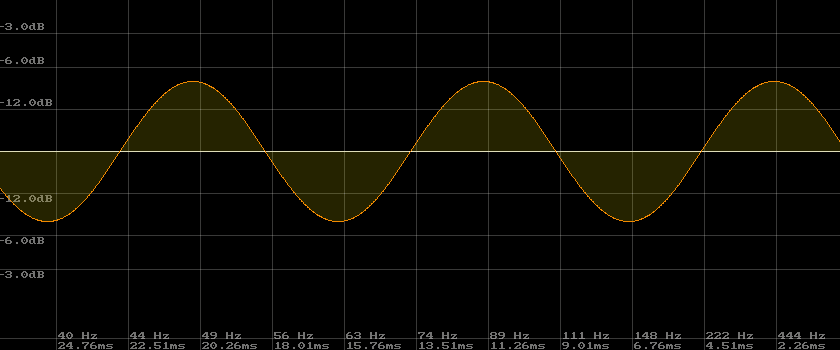
As mentioned above, the analog distortion of the PRESSWERK is emulated, which is a big difference from clean digital compression. I'd like to explain the actual behavior of the compression in a later post.
The following sample uses a drum, but the emphasis is on sound creation rather than compression. First, there is no effect, and then only the snare is processed with the PRESSWERK. It is used in a way similar to a FET compressor, but you can hear how the sound of the snare has changed to have more punch. The reverberation is also emphasized by the effect of the compressor.
Developer Sascha Eversmeier
u-he products are developed by a team of several people led by the company's president, Urs Heckmann. As with the tape emulator SATIN, which we looked at in the previous column, Sascha Eversmeier is in charge of the core program for PRESSWERK. He has also worked on Repro, Twangstrom, Colour Copy, and Protoverb. He joined u-he in 2012 and left in 2020, but his personality is still strongly reflected in the plugins he worked on. He is a specialist in analog emulation and DSP development, and he seems to have a thorough knowledge and a maniacal approach to his work, with a wide range of knowledge and skills, including physical modeling. Twangstrom, a spring reverb, seems to have an interesting physical modeling. I would like to introduce this plugin at some point in the future.

The following is digitalfishphones BLOCKFISH (compressor VST2), which Sascha Eversmeier released for free in 2002, and is still available today. I think there are people who used it at the time. It seems that the idea of the internal circuit view has been passed on to Repro.
I've written a review of BLOCKFISH below, so please read it if you're interested.
”Achapi's Bicycle Commute” VSTe compressor digitalfishphones BLOCKFISH free
Sascha Eversmeier launched a vendor called TOURAGE DSP in 2024. Although no products have been released yet, it seems that they are developing drum effects as their first product.
Next time, I'd like to trace the history of the compressor.
The “sound & person” column is made up of contributions from you.
For details about contributing, click here.





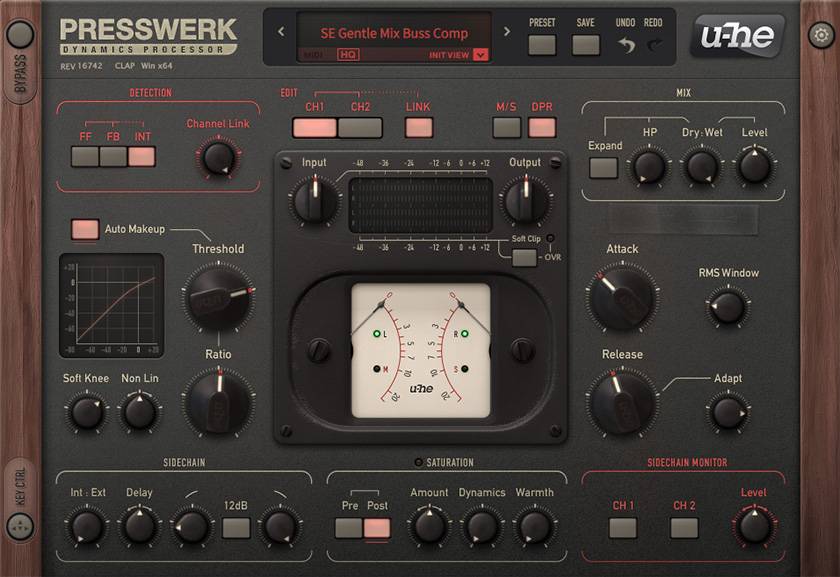

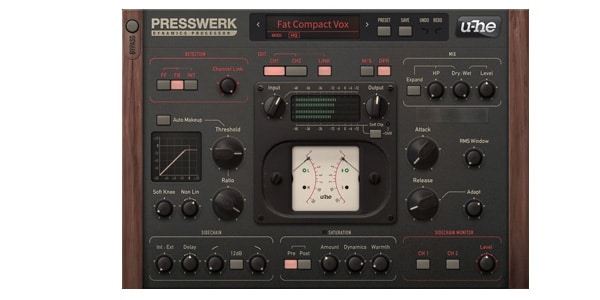





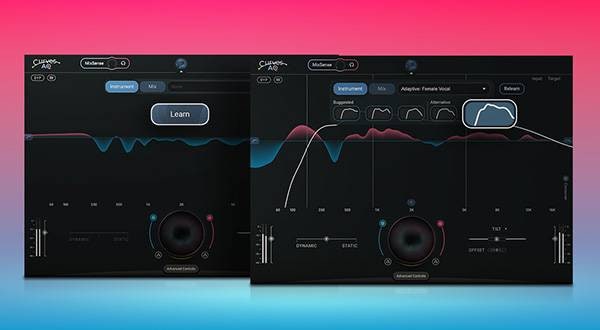
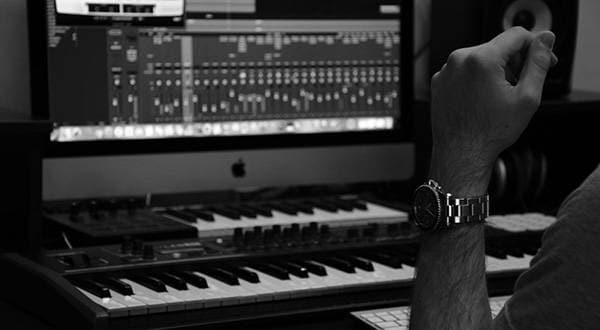
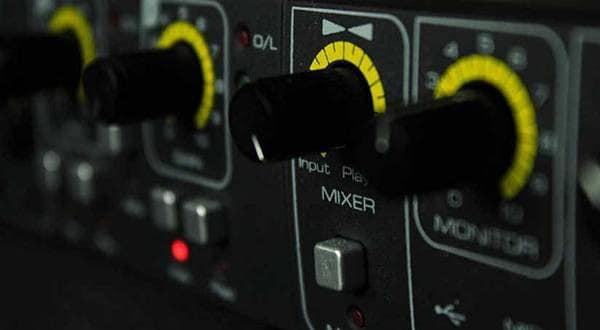
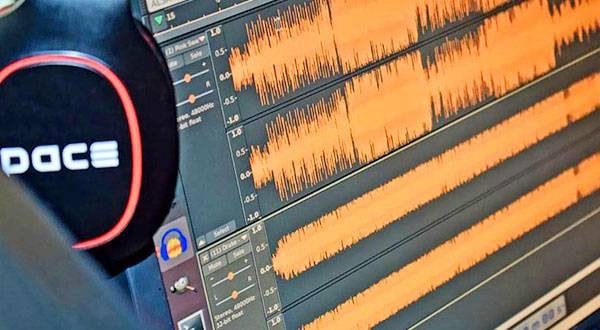
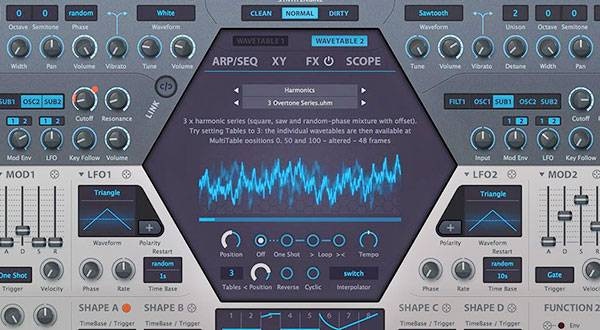
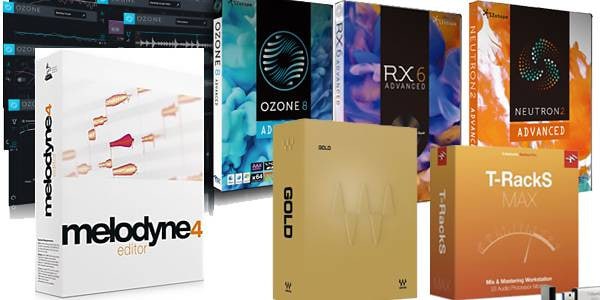
 iZotope特集
iZotope特集
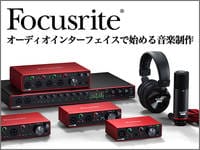 Focusriteオーディオインターフェイスで始める音楽制作
Focusriteオーディオインターフェイスで始める音楽制作
 WAVES バンドル・アドバイザー
WAVES バンドル・アドバイザー
 機能で選ぶ オーディオインターフェイス
機能で選ぶ オーディオインターフェイス
 DTMに必要な機材
DTMに必要な機材
 DTM・DAW購入ガイド
DTM・DAW購入ガイド















